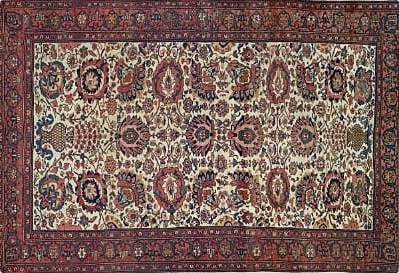Farahan Rug Is Oriental Rugs, Since the 19th century, The western markets started importing Farahan rug. The UK showed significant interest in the Farahan rug, and the Brits started calling the Farahan rug Gentleman Rugs.
Rug weaving in Farahan dates back to the 18th century. That was when Nader Shah the Great conquered Herat and moved Herati merchants and artisans to the central parts of Iran.
So, designs and patterns with eastern origins found their way to the west and central parts and adapted well to all local styles. Rug weavers call these patterns Herati or Mahi and use them in the rugs’ design and borders. This article tells you the story behind these handsome Persian rugs.
Where is Farahan?
Farahan is a county in Markazi province, Iran. It’s a part of the ancient Great Farahan, including the northern areas of Arak, Tafresh, Ashtian, and the Hamedan province’s eastern borders.
More than two hundred small and large villages in the county are on the Farahan plain and the surrounding mountains. Agriculture and livestock farming are the main businesses of the Farahani people. Rug weaving is the essential art and handicraft of the county.
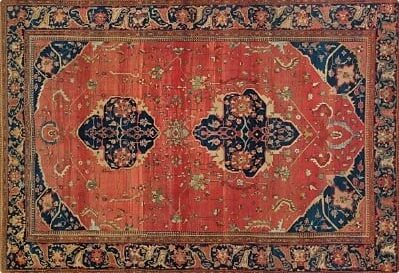
The Main Characteristics of The Farahan Rug Is Oriental Rugs
Size: Farahan rug is primarily medium-sized and rectangular-shaped. Some examples enjoy noticeable lengths, 12 3, for instance. These are also well-known as “Kalegi.”
Warp: Usually, it consists of cotton, but the weavers use silk sometimes as well.
Weft: Blue or pink cotton weft is common in Farahan rug. The weft is a thick cotton yarn that interweaves the warps two times after each knot. Because of the thickness of the weft and delicacy of the warp, you could see white lines on the back of the Farahan rug.
Back: The lines are parallel with horizontal prominence. These prominent lines are made of thick yarns with cotton wefts. The texture is dense, and the knots are rather large. Farahan Rug Is Oriental Rugs.
Knot count: Generally between 20 and 35. However, there are always exceptions. There are some rare examples of Farahan rug with a finer number, for example, up to 7,000 Persian knots per square decimeter.
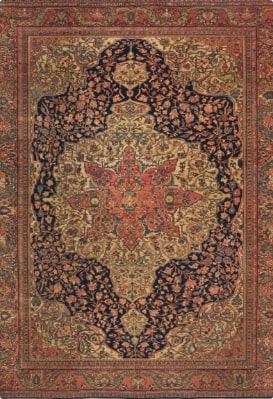
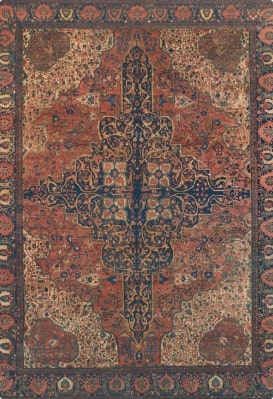
Knot: The most common knot used in the Farahan rug is asymmetrical (Persian). The pile is short in older rugs and medium in new ones.
Design and pattern: Herati (without medallion), Gol Hana, Mahi, and Daste Gol (bouquets) are common patterns in Farahan. The tiny patterns are in a yellowish-green field, surrounded by triple and quintuple and septuple borders.
The Herati pattern stands on the border’s mainframe, and it could be green in old rugs.
The general Farahan designs are Lachak-Toranj, Afshan, Shah Abbasi, Mahi, Daste Gol (Bouquet), and Herati and designs with no Lachak whose motives are mostly fish and bouquets.
Color: In Farahan rugs, there is a wide range of red shades, ivory, and dark blue. Dyes are generally herbal except verdigris and olive, used in some borders and obtained from copper sulfate.

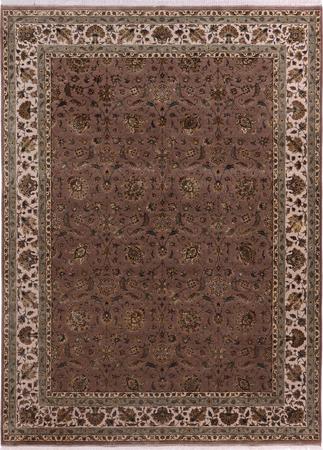
Style up your home design with these noble Gentlemen rugs! Khazai Rugs in Louisville, KY is the best-around place to find top-quality Persian rugs at unbelievable prices. So head over to Our rug Online Store now and immerse yourself in the charm of these hand-knotted artworks.

